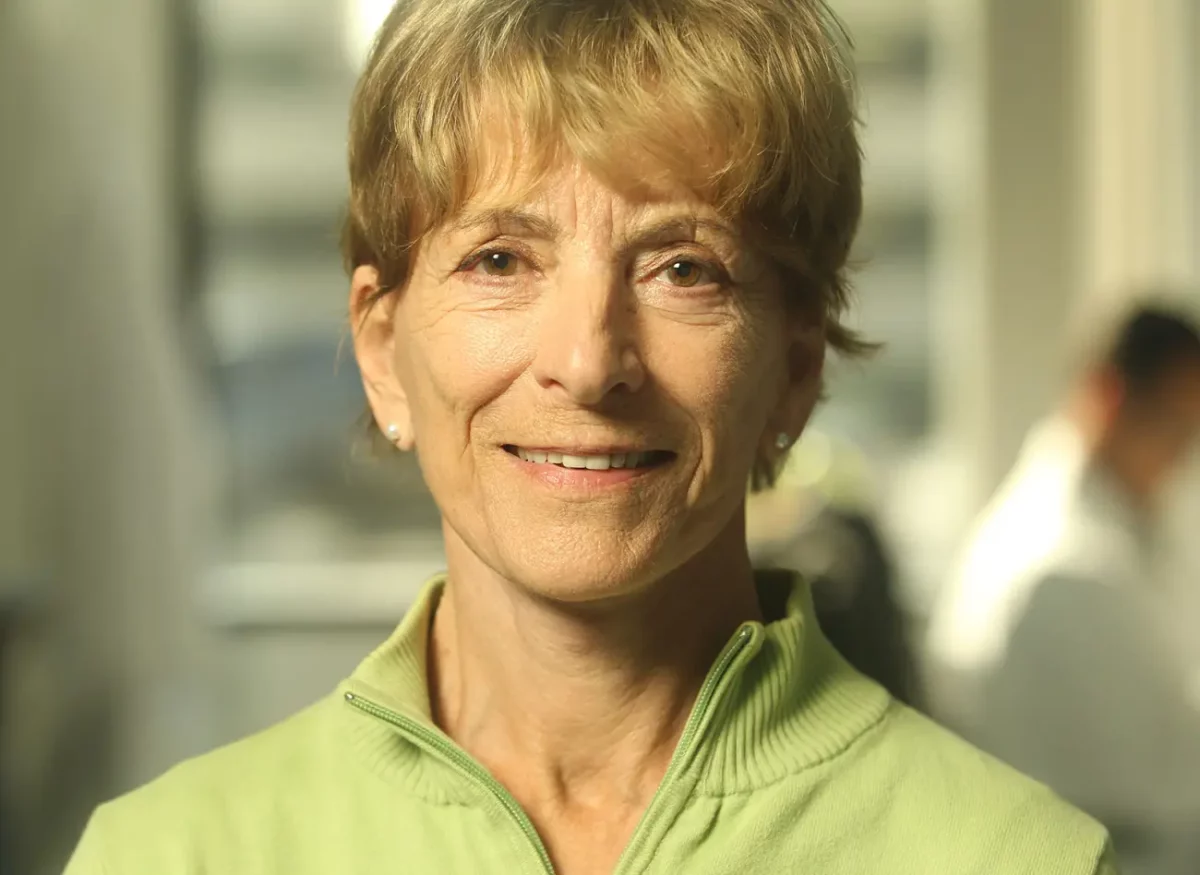Eva Engvall earned her PhD from the University of Stockholm in 1975. Her postdoctoral work was done at the University of Helsinki and City of Hope National Medical Center in California, where she was subsequently appointed to staff. Dr. Engvall was recruited to Sanford-Burnham Medical Research Institute in 1979. For 1994-1996, Dr. Engvall held joint appointments at this institute and as Chairperson of the Department of Developmental Biology at Stockholm University. Dr. Engvall’s work on the development of the Enzyme Linked Immunosorbent Assay, ELISA, has been widely acclaimed, including honors from The German Society for Clinical Chemistry, the U.S. Clinical Ligand Assay Society, and in 1995, a special award from the Ed and Mary Shea Family Foundation. Dr. Engvall received an honorary degree in Medicine from the University of Copenhagen in November 1994.
